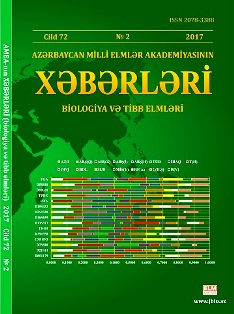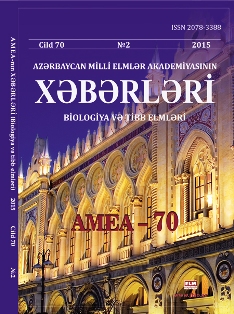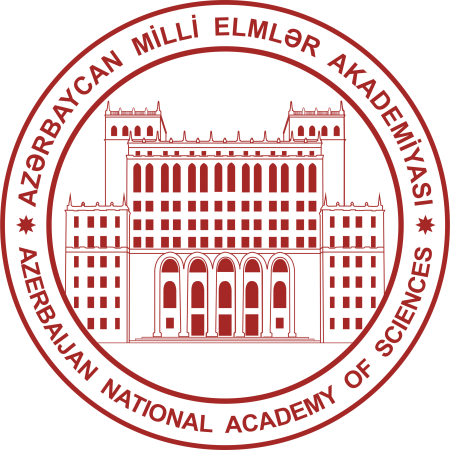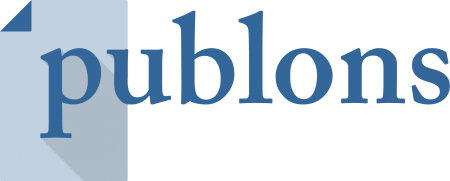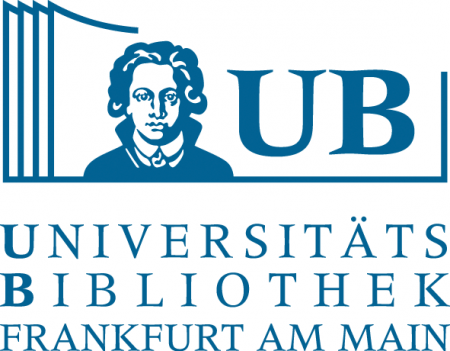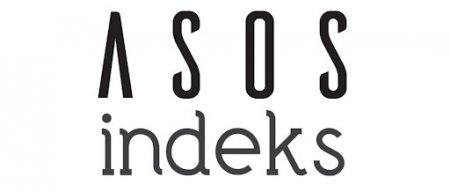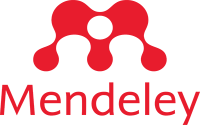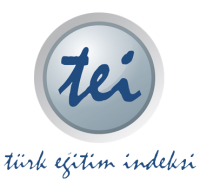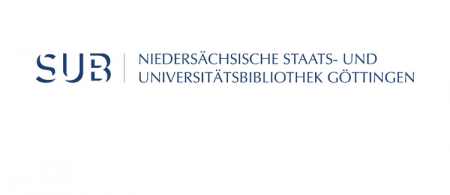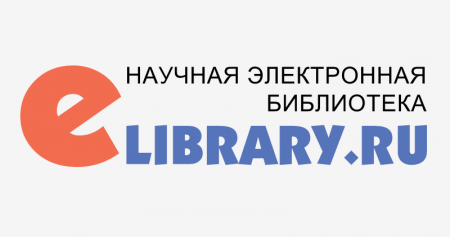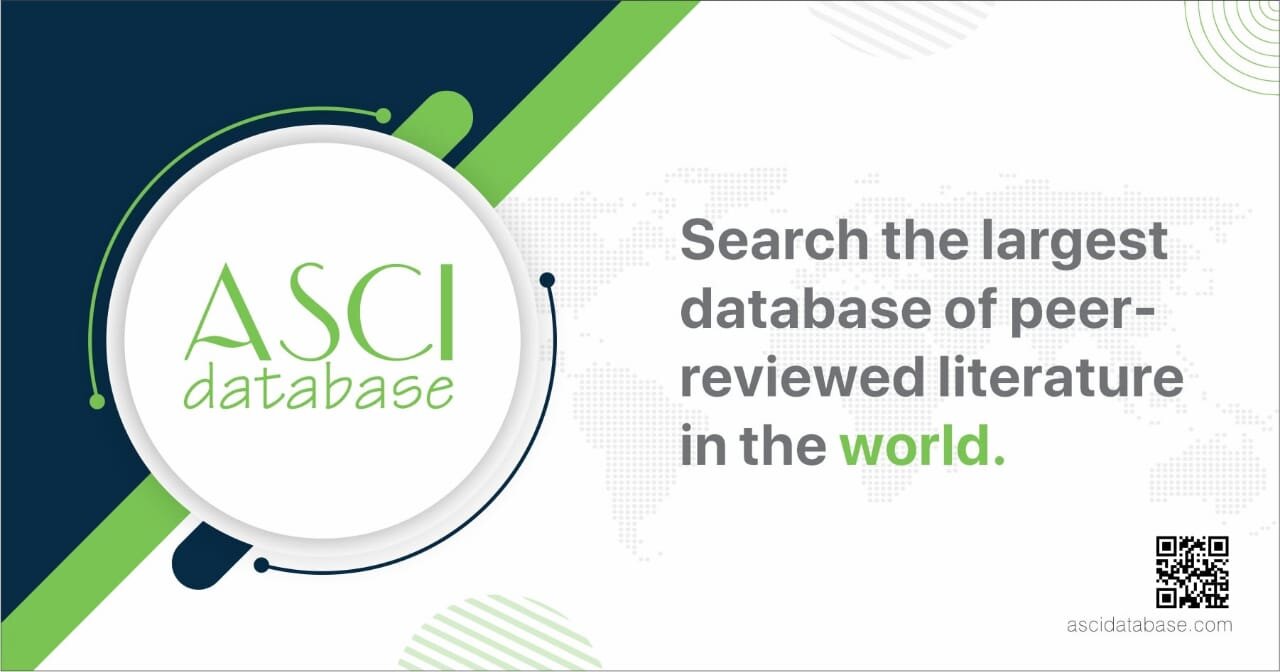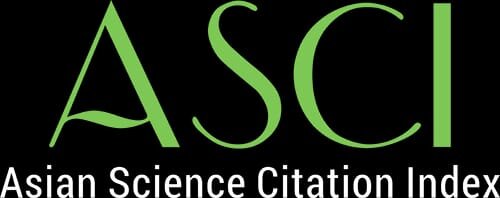
Peer review process
- Peer review process
An expert opinion to verify the authenticity of the research of the author and the work of other specialists in the same field and to assess its suitability for publication. The Journal of Life Sciences and Biomedicine follows a double-blind peer review process conducted by at least two reviewers (1 external and 1 internal). This method of peer review provides a fair, impartial, independent and critical assessment of the submitted materials and more effectively communicates the assessment of the expert reviewer to authors, readers and other interested parties (with the consent of the corresponding author).
Peer review is intended to improve the accuracy, clarity, and completeness of published manuscripts, and to help editors decide which manuscripts are suitable for publication. The reviewers do not guarantee the quality of the manuscript or the presence of scientific violations, but advise the editors on how and under what conditions the manuscript can be improved and the priority of its publication in the journal. In addition to the authors' comments, reviewers are asked whether the study is sound and relevant, whether the topic is interesting, and whether the paper is of acceptable quality. Whenever possible, the final decision is made by consensus, or at least by the absence of strong disagreement. In case of serious disagreement between the authors and the reviewer, it is necessary to seek advice from a member of the editorial board or a researcher holding a similar position.
Editors are not required to submit all manuscripts for review. To allow authors to submit a manuscript to another journal without delay, some manuscripts may be immediately returned or rejected by the authors without external peer review.
Editors regularly publish statistics describing the journal review process, number of submissions, acceptance rate, average time from submission to initial and final decision, and from paper submission to final publication (e.g. JLSB archives).
A submitted manuscript must be accompanied by a cover letter stating why the authors should review and evaluate the manuscript in accordance with Journal's editorial policy and whether they have any competitive interests. Authors of acquired manuscripts are also requested to submit a copyright declaration of competing interests as part of the manuscript.
Key features of JLSB's current peer review process:
all decisions are made by editors who are active researchers.
We do not artificially limit the number of articles we publish and do not have a set acceptance rate.
Editors discuss opinions with reviewers with "key review findings" before deciding on a manuscript; additional practice is required only when necessary and can be completed within approximately two months.
A decision letter is sent to the author after the opinion is provided, and if the authors respond, the accepted manuscripts are published.
Our goal is to make expert judgment faster and fairer, especially for clinical trials (by shortening review periods and requiring additional experiments if needed).
- Review Processing
First, all manuscripts will be checked by one of the plagiarism detection tools. For non-plagiarized documents, the JLSB uses a double-blind review model. The manuscript is edited and reviewed by at least two reviewers (1 external and 1 internal) selected by the English Language Editor and the JLSB Section Editor. In addition, the reviewer results form is completed by the reviewer for the guidance of the authors. Possible solutions are: accept as is, minor check, mid-level check, major check, or reject. See an example of an evaluation form. Authors must return their corrections within 14 days for minor corrections and within 30 days for major corrections.
To amend, please fill out the form and mark "Modified", add the amendment (MSword) and submit when completed.
After the article has been reviewed and edited, the final formatted proofreader is sent back to the appropriate author to make any corrections suggested during the development of the article. The editor who received the final corrections from the respective authors is not responsible for errors in the final publication. Manuscripts with significant results are usually reviewed and published with the highest priority.
- Plagiarism
Our journals have a zero tolerance policy for plagiarism (including self-plagiarism). Manuscripts can be found in one of the plagiarism detection tools before or at the time of publication.
- Declaration
Once a manuscript has been accepted for publication, a feedback form will be sent to the appropriate author responsible for co-authorship consent for the submitted work to be published in the JLSB.
- Date of issue
All accepted articles are published in full annually on January 25, March, May, July, September and November every two months on the Internet.
- Publishing costs
There is no review fee. However, there is an editorial fee of 150 euros (€) for each article initially accepted. Payment can be made by credit card, bank transfer, money order or cheque. The manuscript of the payment instruction will be submitted during the publication process as soon as it is received. At the same time, the journal encourages academic institutions in low-income countries to publish high-quality scientific results free of charge.
- Opt Out Policy
Guest authors, hot article authors, and eligible authors who are members of the Life Sciences and Biomedicine Editorial Board are charged a publication fee. The journal will consider requests for waivers due to financial hardship (for quality manuscripts and after acceptance for publication). Requests to waive the presentation fee must be submitted by the respective author in an individual cover letter and signed by an official of the respective institution to certify that there are no institutional or grant funds to pay the fee. Letters, including the title of the manuscript and the identification number of the manuscript, should be sent to editors@jlsb.science-line.com. Opt-out requests are expected to be reviewed and authors informed within two business days.
- Open access policy
The Journal of Life Sciences and Biomedicine is an open access journal, which means that all content is available free of charge to the user or their institution. Users are permitted to read, download, copy, distribute, print, search or link to the full text of articles or use them for any other lawful purpose without the prior permission of the publisher or author. This is in line with the BOAI definition of open access.
Flow of paper presentations
- It is the responsibility of authors to ensure that their submissions comply with all of the following articles, and submissions may be returned to authors who do not comply with the guidelines below.
- The presentation has not been previously published or submitted to another journal for review (or explained to the editor in the comments).
- The presentation file is in Microsoft Word, RTF, or PDF document format.
- Where possible, URLs for links are provided.
- The text is printed with one spacing; Uses a 12-point font; and all illustrations, figures and tables are placed in the appropriate places, and not at the end of the text.
- The text conforms to the style and bibliographic requirements set out in the Guidelines for Authors.
